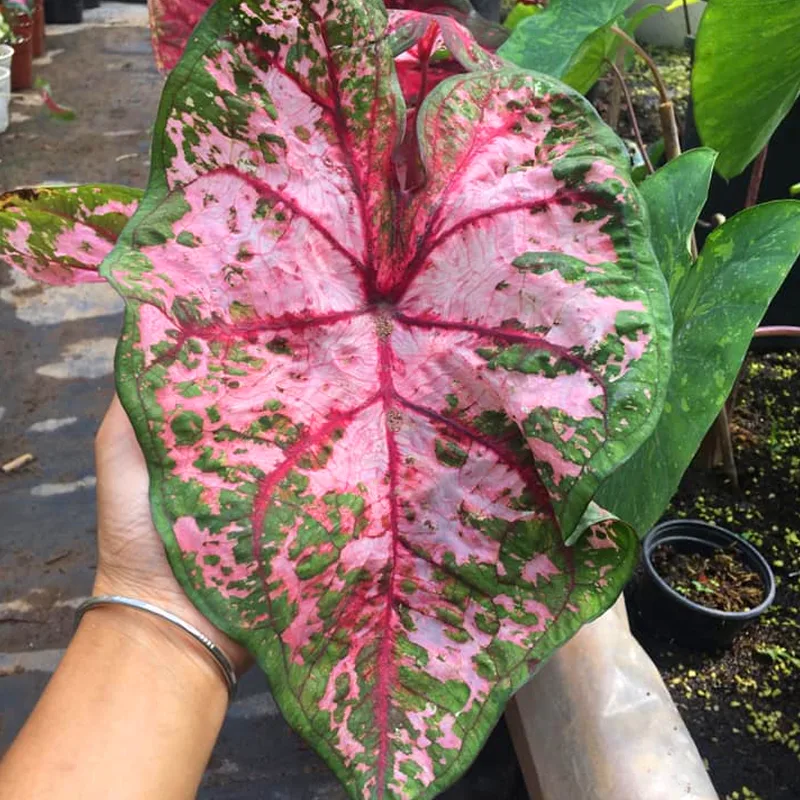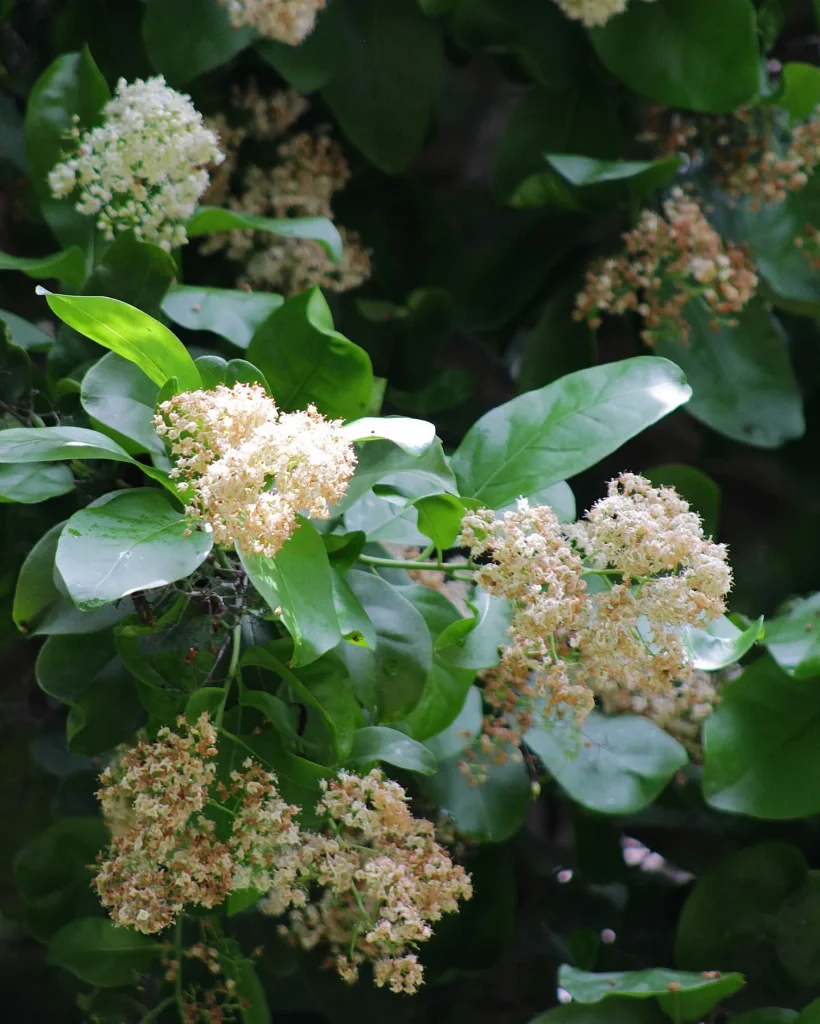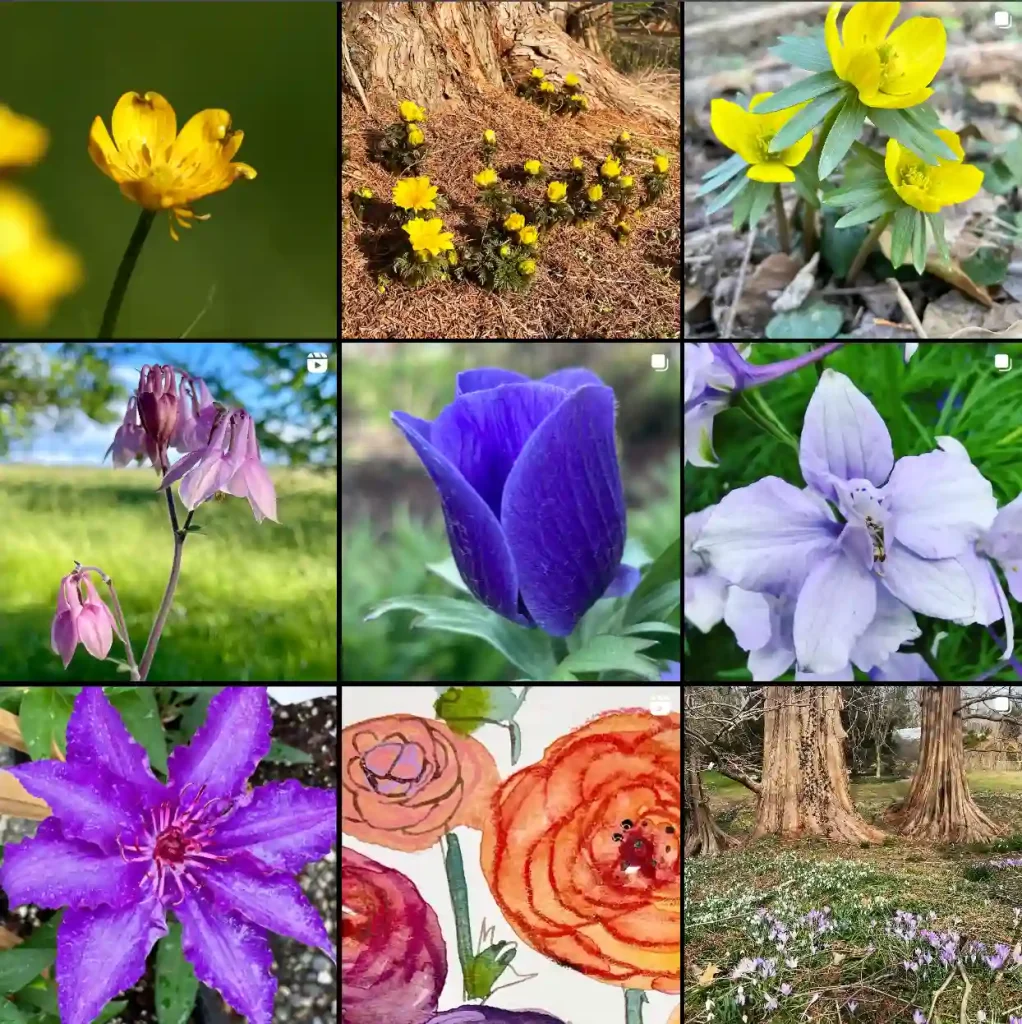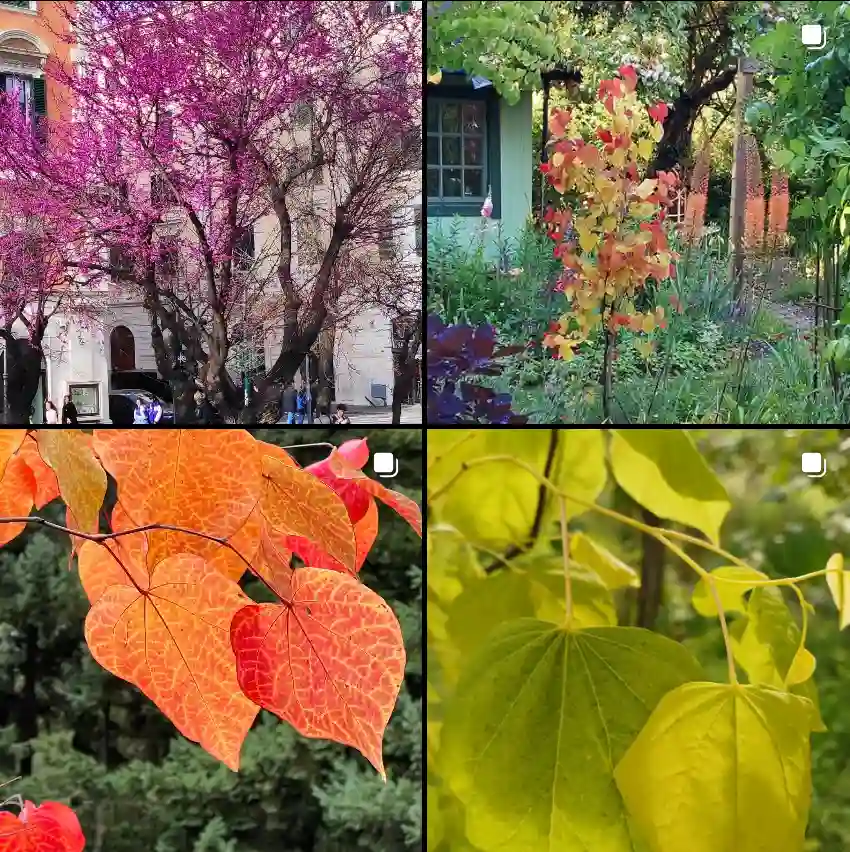Hoya Subquintuplinervis: A Guide for Plant Enthusiasts
Hi, Ferb Vu here. Hoyas have become a growing obsession for many plant lovers, myself included. Among the fascinating varieties, the Hoya Subquintuplinervis stands out for its unique foliage and fragrant blooms. Today, I’ll answer some of the most common questions about this captivating plant, including its care requirements and how it compares to its close relative, the Hoya Pachyclada.
566 Species in Genus Hoya
What is Hoya Subquintuplinervis?
The Hoya Subquintuplinervis, also known as the Thailand Hoya or simply the Five Veins Hoya, is a stunning succulent vine native to Southeast Asia. Its defining feature is the namesake five prominent veins that radiate from the base of each thick, leathery leaf. These leaves can reach a size of up to 12 cm long and 9 cm wide, boasting a deep, glossy green that adds a touch of elegance to any indoor space.
Blooms and Fragrance
The beauty of the Hoya Subquintuplinervis extends beyond its foliage. During the warmer months, the plant produces clusters of star-shaped blooms. These blooms are typically a creamy white with a pink or red center, adding a delightful pop of color. The flowers also emit a sweet, honey-like fragrance, especially at night, further enhancing its appeal.
Light and Watering Needs
The Hoya Subquintuplinervis thrives in bright, indirect sunlight. Avoid harsh, direct sun, which can scorch the leaves. When it comes to watering, this Hoya leans towards the drought-tolerant side. Allow the soil to dry completely between waterings. Overwatering is a common mistake with Hoyas, so err on the side of underwatering.
Pro Tip: Stick your finger into the potting mix to check for moisture. If the top inch feels dry, it’s watering time.
Soil, Potting, and Fertilizing
For optimal growth, use a well-draining potting mix specifically designed for succulents or cacti. This ensures excess water doesn’t pool around the roots, potentially causing rot. Opt for a pot with drainage holes to allow excess water to escape.
Fertilize your Hoya Subquintuplinervis sparingly during the active growing season (spring and summer) with a balanced, diluted fertilizer. Avoid fertilizing during the winter months when the plant goes dormant.
Common Pests and Problems
Thankfully, the Hoya Subquintuplinervis is relatively pest and disease resistant. However, keep an eye out for common houseplant pests like mealybugs and scale. If you notice any infestation, isolate the plant and treat it with insecticidal soap or neem oil.
One potential issue is fungal diseases caused by excessive moisture. Ensure proper drainage and avoid overwatering to prevent this.
Hoya Subquintuplinervis vs. Hoya Pachyclada: A Close Comparison
The Hoya Subquintuplinervis is often confused with its close relative, the Hoya Pachyclada. Both share similar characteristics, including thick, succulent leaves and fragrant blooms. However, there are some key differences:
- Leaves:
- Hoya Subquintuplinervis: As the name suggests, this variety has five distinct veins on each leaf.
- Hoya Pachyclada: The leaves typically have three or fewer, sometimes indistinct, veins.
- Flowers:
- Hoya Subquintuplinervis: Flowers are usually white with a pink or red center.
- Hoya Pachyclada: Flowers tend to be pure white.
- Growth Habit:
- Hoya Subquintuplinervis: Can grow as a trailing vine or be trained to climb a moss pole.
- Hoya Pachyclada: Often grows more compactly and doesn’t climb as readily.
Ultimately, both Hoyas are beautiful additions to any plant collection. The Hoya Subquintuplinervis offers the unique appeal of its five-veined foliage, making it a standout choice for those seeking a conversation starter.
Propagation: Sharing the Beauty
Sharing the beauty of your Hoya Subquintuplinervis is easy. Stem cuttings are the preferred method of propagation. Simply take a healthy stem with a few nodes, remove the lower leaves, and plant it in a well-draining potting mix. Keep the cutting moist and provide bright, indirect light. With patience, you’ll soon have a new Hoya on its way.
Whether you’re a seasoned plant enthusiast or just starting your indoor jungle, the Hoya Subquintuplinervis is sure to capture your heart. With its stunning foliage, fragrant blooms, and relatively easy care requirements, this unique Hoya variety is a rewarding addition to any collection.
If i die, water my plants!



